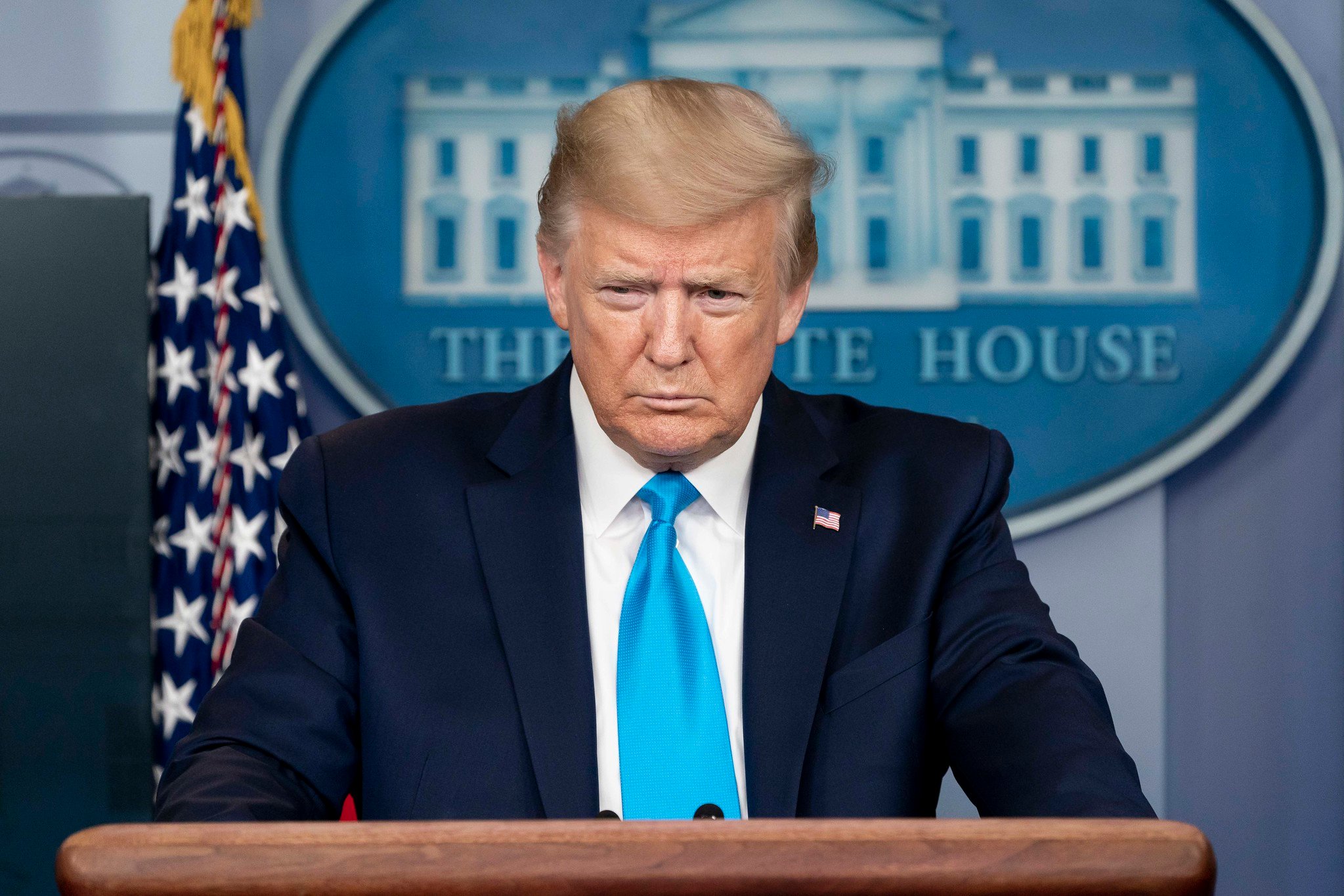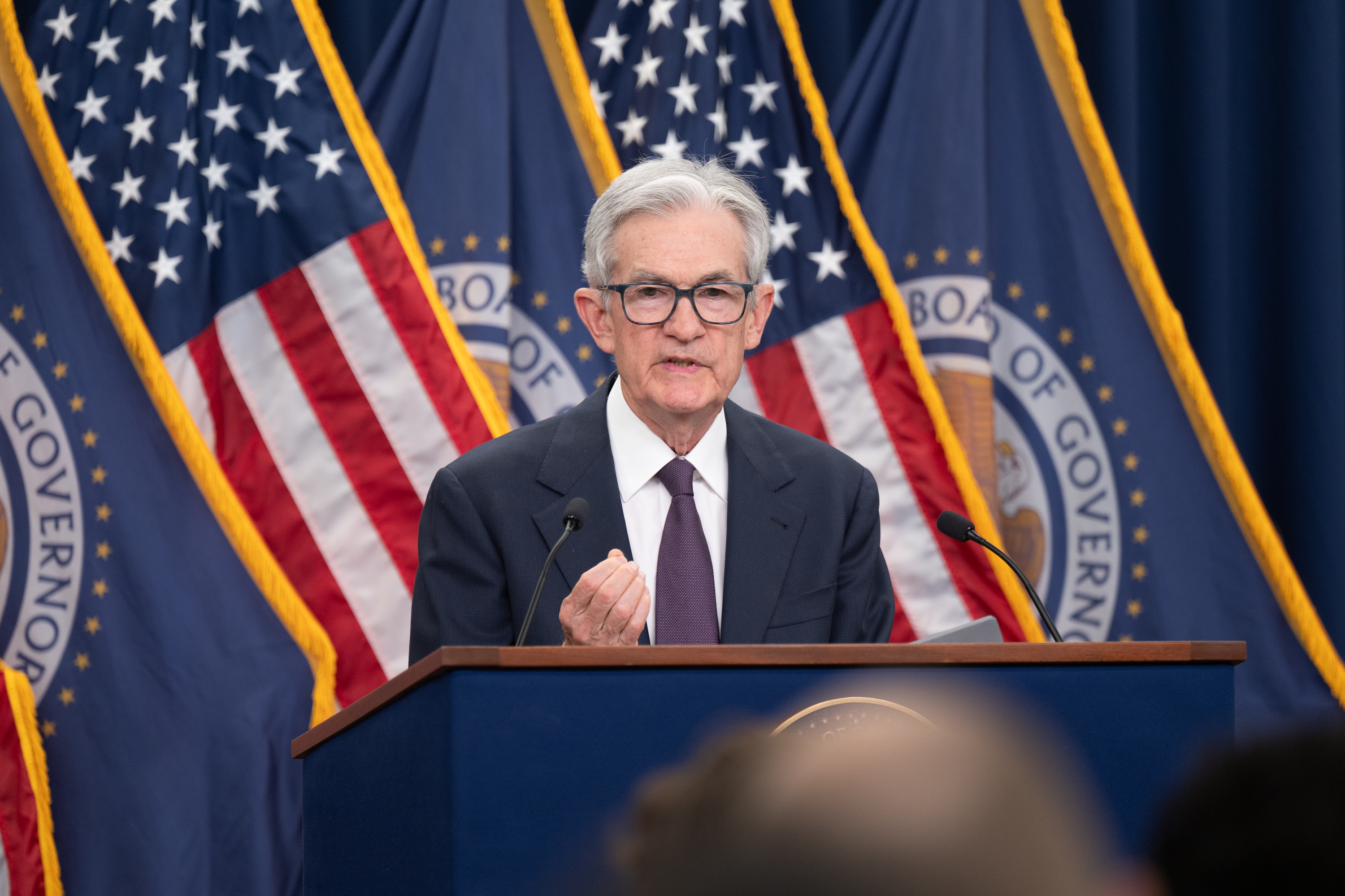Investors have experienced an exceptionally volatile market environment this year. The S&P 500 (^GSPC 0.23%) suffered its fifth-worst two-day decline in history after President Donald Trump announced his "Liberation Day" tariffs in early April, erasing $6.6 trillion in wealth.
However, the benchmark index then staged one of its fastest comebacks after Trump paused the most severe tariffs for 90 days and moved to reduce the trade tensions with China that he'd previously ratcheted up. The S&P 500 rose by 6.2% in May, its best performance during that month since 1990.
More impressive, the S&P 500 advanced 20.5% during the two-month period that ended on June 9. Since its inception in 1957, the index has only achieved a two-month return above 20% five times before. And in each of those cases, it delivered substantial additional gains in the next six months and the next year.

Image source: Getty Images.
History suggests the stock market will rocket higher in the next year
The S&P 500 is considered the best barometer for the overall U.S. stock market due to its scope and diversity. The index measures the performance of 500 of the largest U.S. companies. Its components span all 11 market sectors and together account for about 80% of domestic equities by market value.
The chart below shows the end dates for the five previous two-month periods when the S&P 500 gained 20% or more. It also shows how the index performed during the six-month and 12-month periods that followed them.
|
S&P 500 Achieves 20%-Plus Return in 2 Months |
Forward 6-Month Return |
Forward 12-Month Return |
|---|---|---|
|
Feb. 6, 1975 |
10% |
28% |
|
Oct. 6, 1982 |
20% |
32% |
|
Dec. 7, 1998 |
11% |
19% |
|
April 30, 2009 |
20% |
36% |
|
May 18, 2020 |
21% |
40% |
|
Average |
16% |
31% |
Data sources: YCharts, Carson Investment Research.
In all five cases, the index kept rising. It gained an average of 16% in the next six months and 31% in the next year.
On June 9, the S&P 500 closed at 6,006. If its performance from there matches the historical average:
- The index will advance by 16% from 6,006 to 6,967 by Dec. 9, 2025. That would be a 14% gain from its current level of 6,125.
- The index will advance 31% from 6,006 to 7,868 by June 9, 2026. That would be a 28% gain from its current level.
Of course, the standard disclaimer applies here: Past performance is no guarantee of future results. But there is no harm in leaning into historical patterns so long as investors maintain a long-term mindset.

SNPINDEX: ^GSPC
Key Data Points
Trump's tariffs could still derail the stock market again in the coming months
The S&P 500 tumbled as much as 19% earlier this year when Trump started making radical changes to U.S. trade policy. The index has nearly recouped those losses and currently trades within a percentage point of its record high. But that does not mean tariffs will have no further impact on the stock market.
The tariffs imposed to date have raised the average tax on U.S. imports to its highest level since 1941. Most economists think those duties will raise consumer prices and slow the country's economic growth. In fact, the pre-tariff consensus estimate was that U.S. gross domestic product (GDP) would increase by 2.3% this year, but the post-tariff consensus estimate is that it will increase by just 1.4%, according to Bloomberg.
In early July, investors will get fresh monthly data on job openings, payrolls, unemployment, and inflation, and Trump's 90-day pause on his tariffs is due to expire on July 9. The market evidently has high expectations for the economic data considering the rebound the S&P 500 has already experienced, and Treasury Secretary Scott Bessent says Trump is likely to push back his self-imposed deadline to allow for trade negotiations to continue.
However, if the economic data disappoints or Trump forges ahead with his draconian tariffs, the stock market could fall sharply. Investors need to keep that possibility in mind when they make decisions. Never buy a stock you are not prepared to hold through volatility. As Warren Buffett once advised, "You've got to be prepared when you buy a stock to have it go down 50%."





